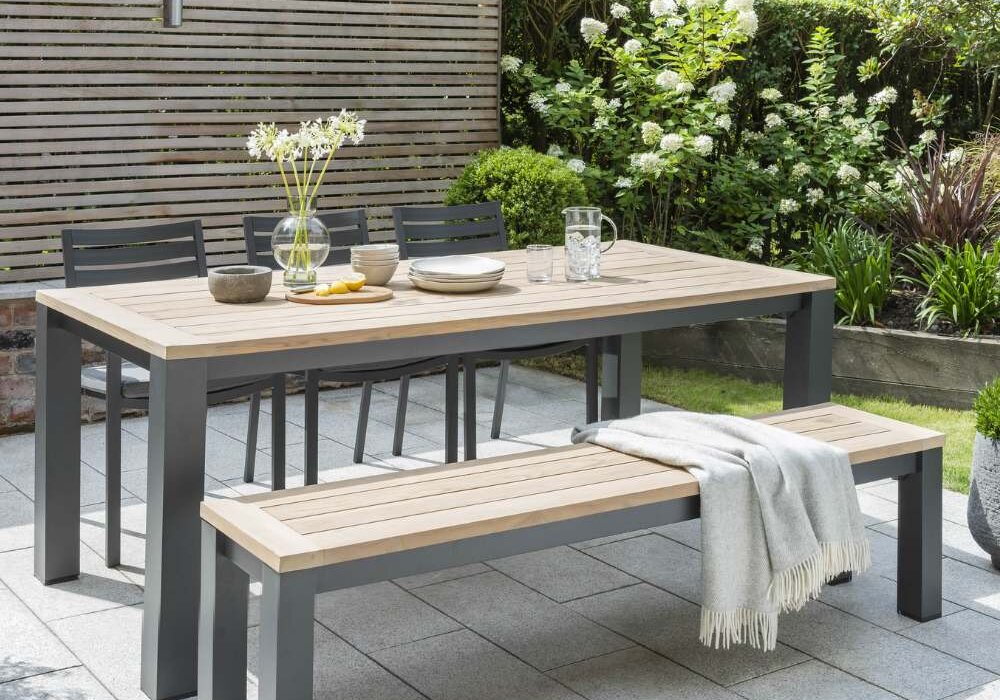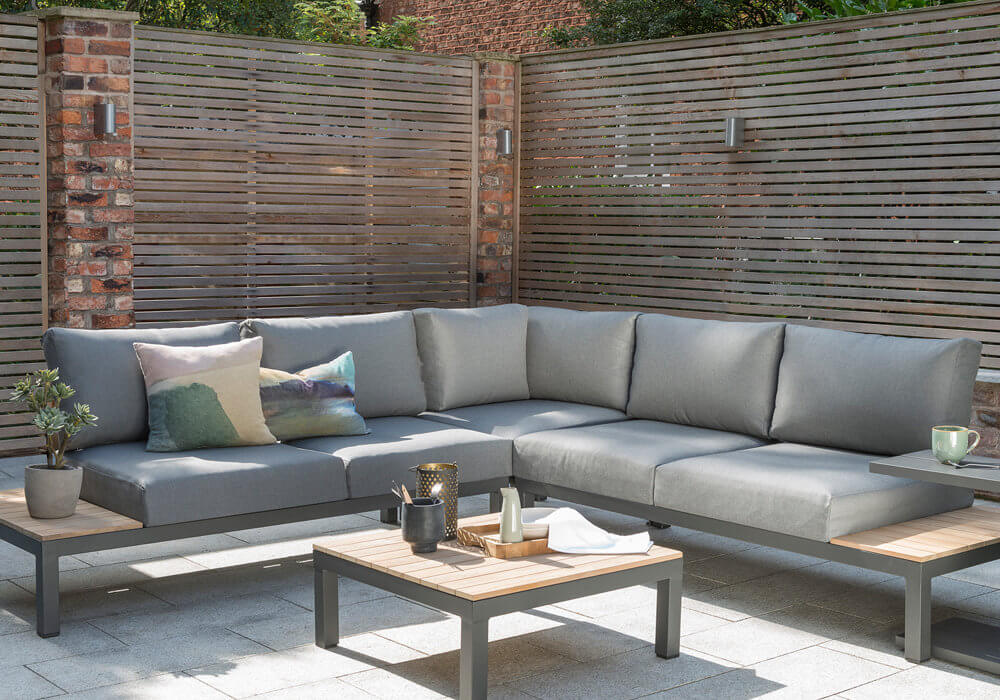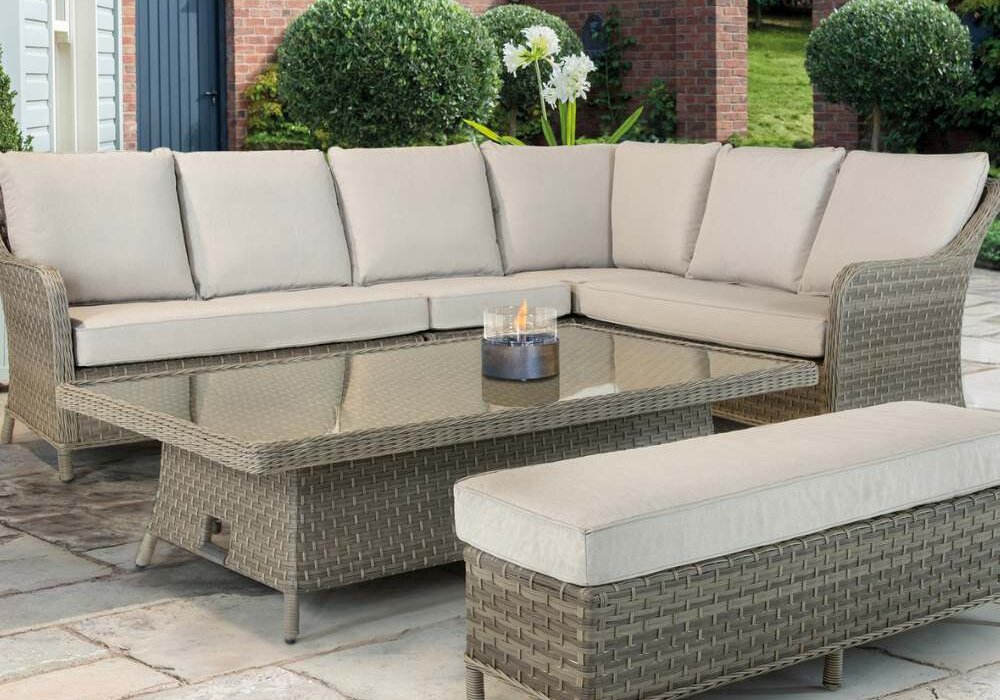If you’re planning to start letting out a property, no doubt you’ll have plenty to think about. One of the biggest questions you’re likely to be pondering is ‘furnished or unfurnished, which is best?’. There certainly isn’t a right or wrong answer to this question, however, there are pros and cons of both furnished and unfurnished properties that should be taken into consideration.
Deciding whether or not to furnish your rental property can have a big impact on the tenant interest you attract and the money you are able to make from the rental. It’s an important decision to make, and so in order to help you decide, let’s take a look at the pros and cons of furnished or unfurnished rental properties.
Unfurnished Properties
Pros:
Potentially longer tenancies
When it comes to determining ‘furnished or unfurnished, which is best?’, a big factor to consider is the type of tenants you want to attract. If you rent out an unfurnished property, particularly a larger property like an unfurnished house for rent, then you’re likely to attract tenants who will stay for a long period of time. Accumulating and moving furniture is costly and time consuming for tenants meaning they’re more likely to stay put in the property for as long as they can.
No responsibility for insuring tenants’ furniture
If tenants are bringing their own furniture into the property, you won’t be responsible for insuring content or worrying about the wear and tear of the furniture in the property. When considering the question of ‘furnished or unfurnished, which is best?’, the responsibilities of the landlord are important to consider.
Cons:
Decreased target audience
Although unfurnished properties may attract tenants looking for a longer tenancy, by renting your property without furniture you’re excluding a huge majority of potential tenants who do not want to pay to furnish a property. A huge amount of tenants looking for rental properties are of a younger demographic or are working professionals who move regularly for their career. This demographic won’t have accumulated their own furniture and will be reluctant to pay the additional cost of furnishing the property for a short period of time.
Lower rent
When it comes to deciding ‘furnished or unfurnished, which is best’, a huge factor to consider is how it will affect the money you can make from the rental. If you rent a property unfurnished then you’ll need to charge a lower rent than you would for a furnished property. This is because the tenant will need to invest their own money in the property unlike with a furnished property to rent where you as a landlord are already providing them with those amenities.
Furnished properties
Pros:
Higher rent
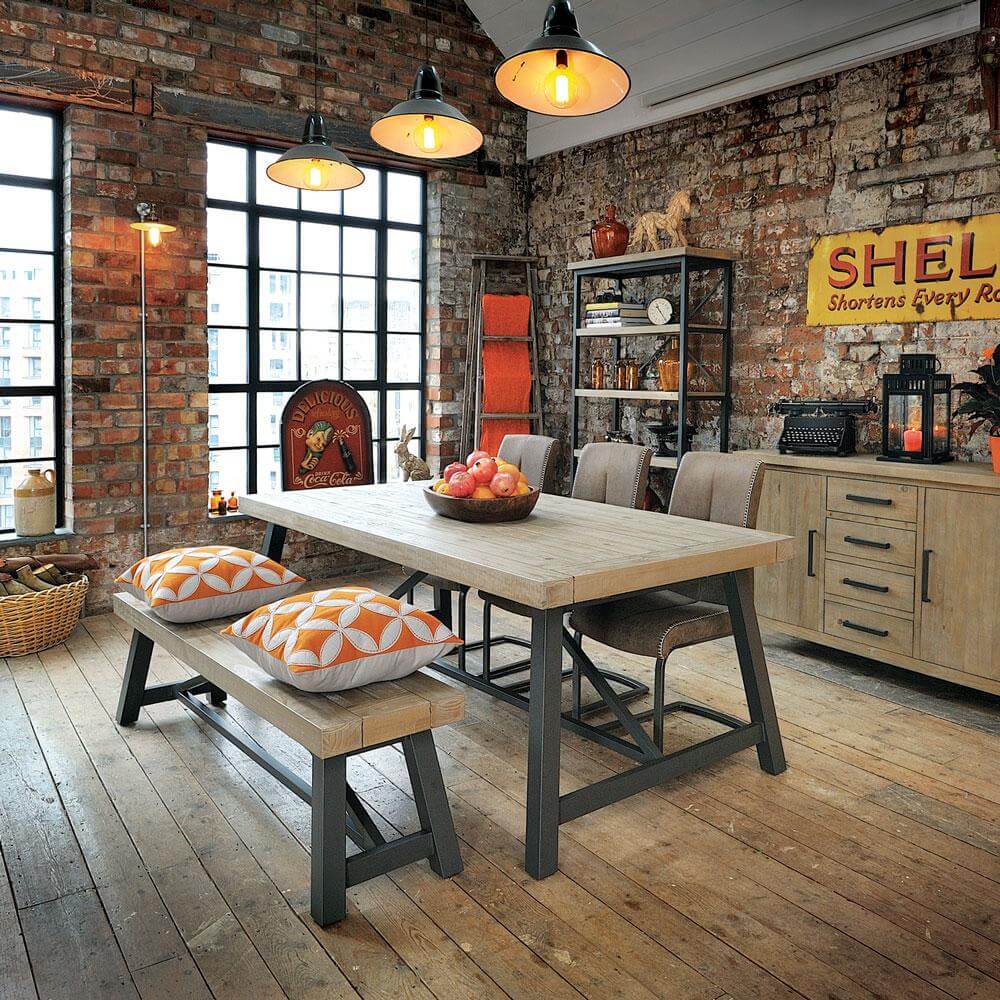 The big advantage of letting out a furnished property vs an unfurnished one is that you can charge much higher rent. As you are filling the property with all the amenities that the tenant needs you can set a much higher rental price than you would with an empty property. If you invest in quality furniture, you shouldn’t need to replace it regularly, meaning you’ll soon make back any money that you spent on furniture through rent received from your tenants.
The big advantage of letting out a furnished property vs an unfurnished one is that you can charge much higher rent. As you are filling the property with all the amenities that the tenant needs you can set a much higher rental price than you would with an empty property. If you invest in quality furniture, you shouldn’t need to replace it regularly, meaning you’ll soon make back any money that you spent on furniture through rent received from your tenants.
Increased target audience
If you were to ask future tenants ‘furnished or unfurnished, which is best?, in most cases the answer is likely to be furnished. A large proportion of potential tenants are likely to be students, graduates or working professionals who are looking for a place they can move into quickly and without any hassle. Furnishing your property makes it more marketable to a wider audience and more attractive to a larger demographic.
Let your property faster
As furnished houses and furnished flats to rent are generally more popular than unfurnished homes, they are likely to be snapped up more quickly by tenants. Tenants will be able to move in immediately and move out quickly, allowing for a quick turnaround between tenancies. As a landlord this means there will be very little time when the property is not in use, allowing you to make a higher income.
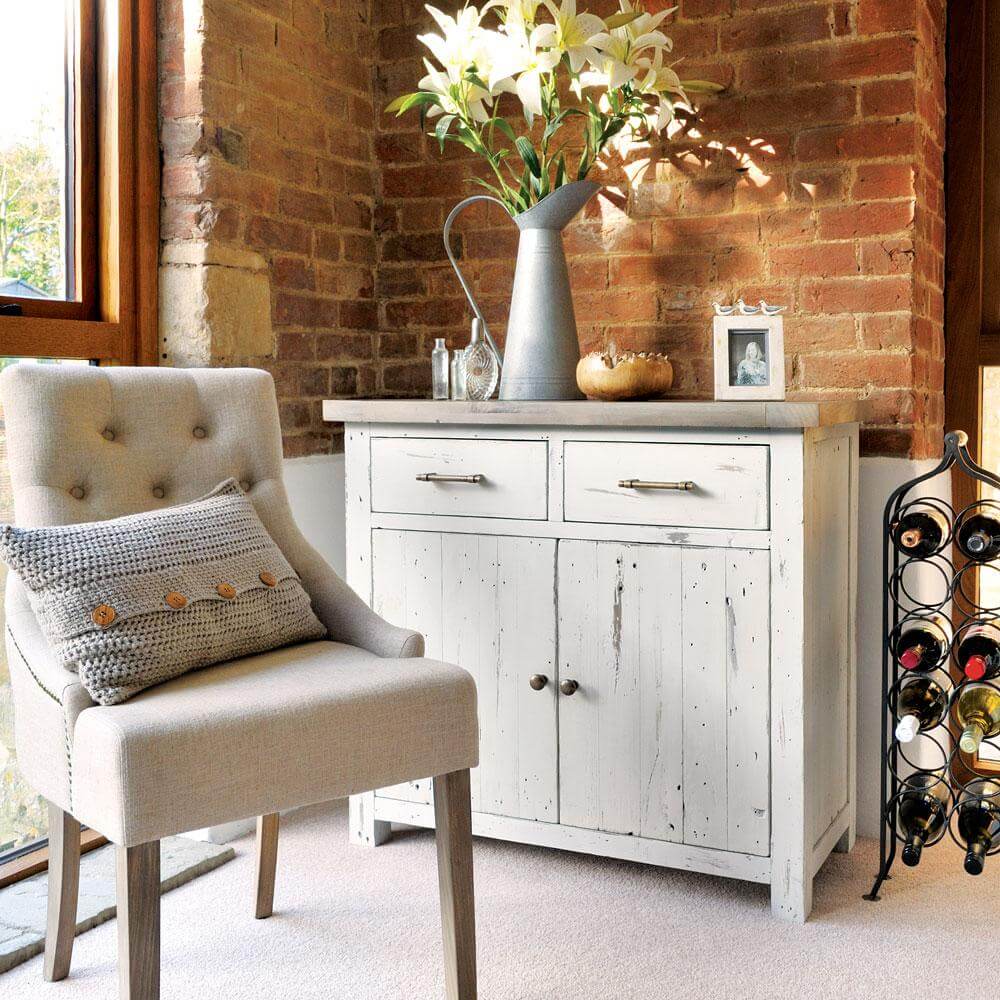 Cons:
Cons:
Higher turnover of tenants
As tenants are not bringing many of their own possessions into the property, it’s likely that they’ll move on more quickly than perhaps they would in an unfurnished property. However, this isn’t always the case as many professionals end up renting furnished properties for years at a time.
Responsible for maintaining and replacing furniture
If the furniture belongs to you as the landlord, then it is your responsibility to check for wear and tear and to replace furniture when necessary. That’s why it’s important to choose suitable furniture for your rental property that is high quality and will not damage easily.
So Furnished Or Unfurnished, Which Is Best?
As we’ve discussed, there’s no right or wrong answer to this question. However, generally speaking, there are more advantages to renting a furnished property than an unfurnished one. A furnished property to rent will ultimately be more attractive to a larger market of tenants whilst allowing you to rent the property faster and to make a higher income. If you’re looking for guidance on how to go about furnishing your rental property, we’ve put together a rather handy guide. If you’re still not sure after reading it and would still like to get some advice, please don’t hesitate to get in touch.








